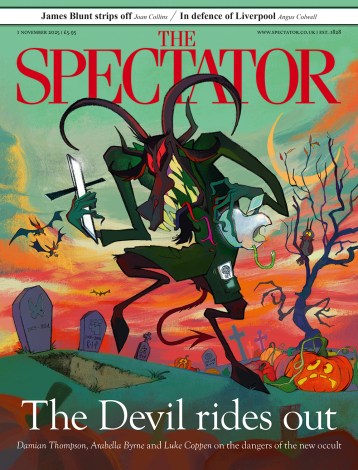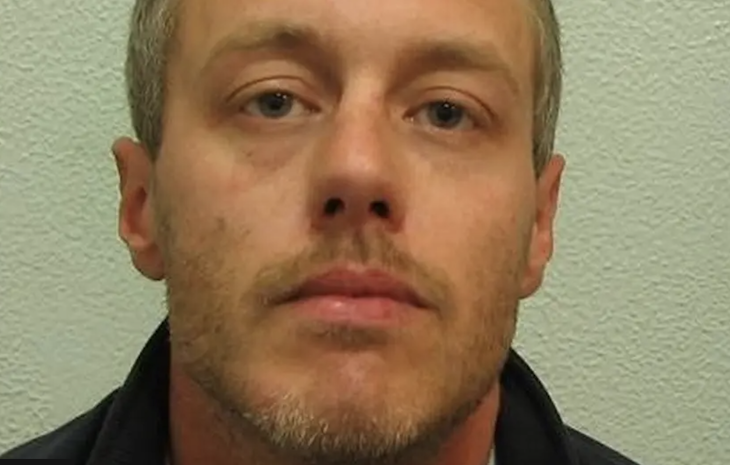David Norris was convicted of the racist murder of Stephen Lawrence in April 1993 and now wants to be released from prison. Should he be? That is a question the Parole Board will consider as Norris has now served the minimum custodial term of a life sentence imposed in 2011. This body has the power to direct his release or refuse it on the grounds of risk to the public. While it is independent of politics, the profile of the perpetrator and the seriousness of the case means the new Justice Secretary, David Lammy – who has described the murder of Lawrence as a ‘seminal moment’ in shaping his understanding of racism in the criminal justice system – might well attempt to appeal any direction to release Norris. Norris and his co-accused Gary Dobson were convicted of a slaying that stunned Britain due in no small part to a series of botched investigations by the Metropolitan police, themselves later found guilty of ‘institutional racism’ after a public inquiry.
Lammy is right to object to release at this stage. Whether he is the right person to make that decision is another matter
The parole hearing is in public which happens now when a case comes before them that has significant public interest. While in most cases, those affected by crimes committed can make representations through their solicitors, Norris is in the presence (via videolink) of Stephen Lawrence’s mother Doreen who has devoted her life to campaigning for justice for her son and wider antiracism awareness. She now sits in the House of Lords and has publicly stated that she does not wish Norris to be released.
Her former husband Neville Lawrence has indicated that Norris should only be released if he discloses the names of three other suspects thought to have been part of the gang who chased down and stabbed Stephen to death simply for being in the wrong place at the wrong time with the wrong skin colour. Norris for his part while admitting his guilt in being party to this feral attack has refused to name names claiming it would put his life at risk. At yesterday’s hearing, Norris said: ‘In an ideal world I could tell them the whole truth of my part and others. I can’t give them everything they wish as it would pose a risk to me and my family.’
The case throws up many questions. Should a decision on Norris’ release be based on his conduct in prison alone or his refusal to implicate others? To what extent should the public profile of the case influence the decision makers? Should David Lammy effectively recuse himself from the process because of his previous long involvement with the campaign for justice for Stephen?
The Lammy Review of race and the criminal justice system published in 2016 had a specific recommendation on mercy and age: ‘There should be a presumption to look favourably on those who committed crimes either as children or young adults but can demonstrate that they have changed since their conviction.’
Norris was just 16 when he helped murder Stephen Lawrence. Should that presumption extend to him?
The Parole Board’s basic function is clear. It is conducting an assessment of future risk based on current evidence. This test focuses on factors such as the Norris’ behaviour in custody, his insight into offending, remorse, engagement with rehabilitation programs, and any ongoing threat he may pose, rather than solely on the original offense. Their objective is not to assess whether he has suffered enough punishment. Many people would think fourteen years is far too little for taking an innocent life in a racist attack. It is to ask, is it still necessary to detain this man in custody for the protection of the public now and into the future?
Norris has presented himself as a changed man, far from the caricature of the swaggering thug who baited onlookers at the Stephen Lawrence public inquiry in 1998 when he stonewalled all questions about his complicity in the crime with ‘I can’t remember’ answers. His prison reports disclosed in open session reflect some progress in understanding the enormity of his crime. Other reports detail the use of racist epithets and drug taking. Norris has begged forgiveness from the Lawrence family and has said he is remorseful. It is for the Parole Board to determine whether this contrition is real or not. His refusal to confirm others widely suspected of being perpetrators but never brought to justice is painful and wrong but should not be the overriding factor here.
It might be an unpalatable thing to say but David Norris is entitled to justice too for atrocious acts committed when he was a teenager that has blighted so many lives, his own included. But still, taking all the available facts into consideration, I think that it is still right to object to his release at this stage.








Comments